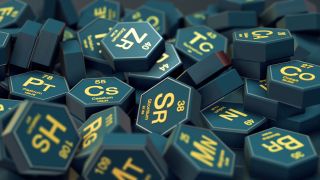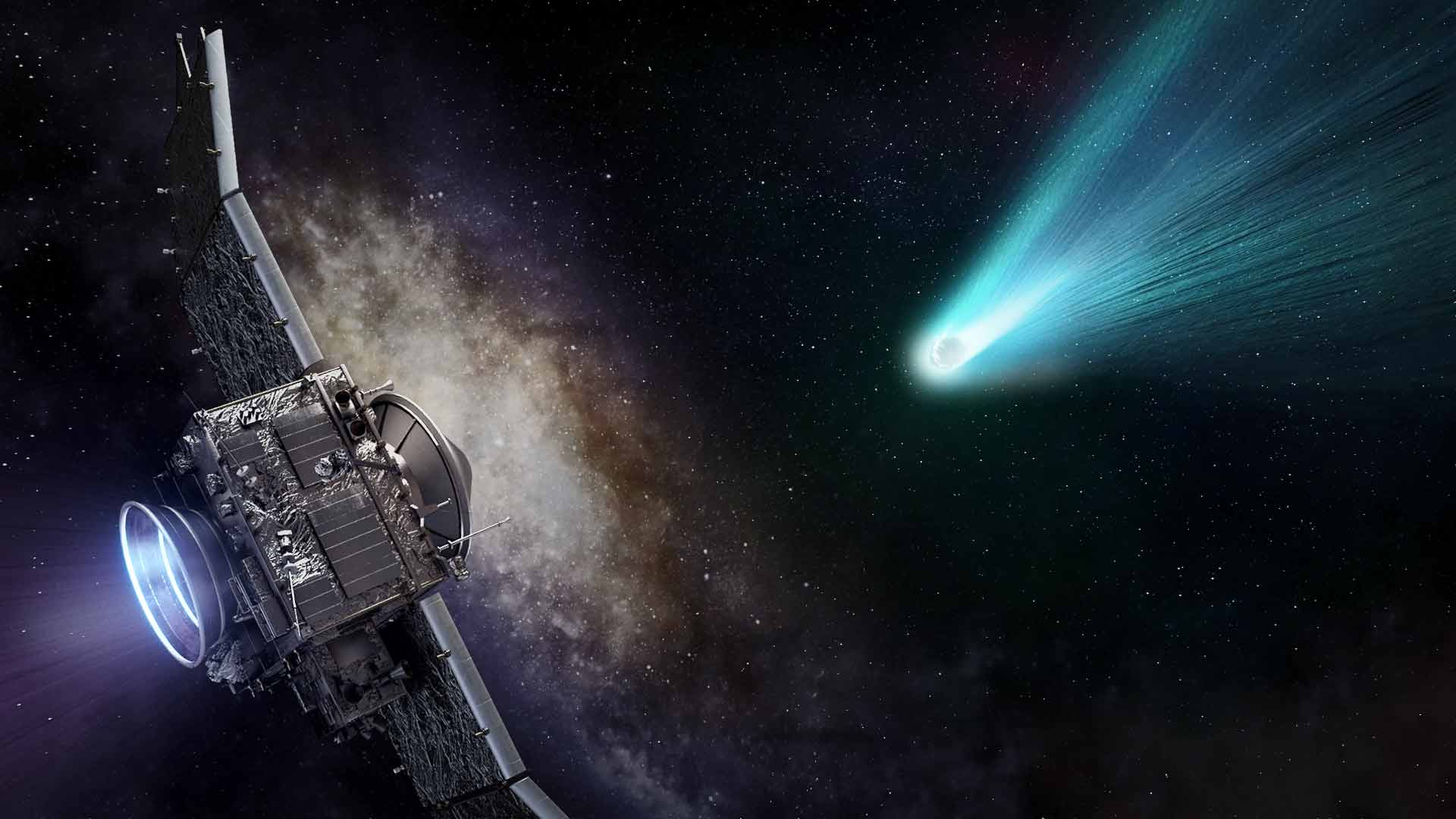Chemistry news, features and articles
Explore Chemistry
Editor's Picks
Latest about Chemistry

Scientists have finally made an elusive meteorite diamond, predicted to be 50% harder than Earth diamonds
By Victoria Atkinson published
Meteorite diamonds, which could be 58% harder than ordinary diamonds, have finally been made in the lab.
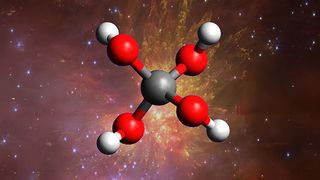
Scientists synthesized elusive 'super alcohol' — a 'seed of life molecule' that marks a step toward finding alien life
By Perri Thaler published
Scientists have synthesized methanetetrol, an elusive alcohol that could be the foundation of alien life.
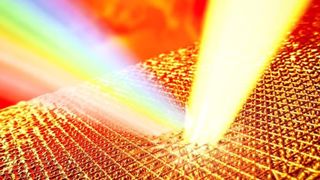
Scientists heat gold to 14 times its melting point — without turning it into a liquid
By Victoria Atkinson published
Scientists have used an ultrafast laser to heat solid gold to 14 times its melting point without turning the metal into liquid.

Can other metals be turned into gold?
By Victoria Atkinson published
Other metals might be worth their weight in gold, but can they be turned into it?
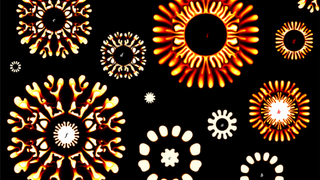
Trippy liquid 'fireworks' appear when scientists try to mix unmixable fluids
By Damien Pine published
When two fluids don't mix well, they sometimes form strange patterns called "viscous fingering," or Saffman-Taylor instability. Studying these patterns can help scientists understand how to design systems for carbon storage, a key part of managing climate change.

Scientists create ultra-tough copper alloy that is stronger than steel and can withstand temperatures of 1500 F
By Ben Turner published
The new super-strong copper alloy can be used to build better airplanes and spacecraft.

Why does nearly all life breathe oxygen?
By Harrison Tasoff published
Nitrogen comprises around 78% of Earth's atmosphere, so why do most lifeforms breathe oxygen?

Scientists break down cheap plastic using the air — and turn it into something far more valuable
By Ben Turner published
Scientists developed a new method for breaking down one of the most common plastics to a byproduct that can be upcycled into more valuable materials.
Get the world’s most fascinating discoveries delivered straight to your inbox.


